The Tapestry of Fashion: A Comprehensive Exploration of Style Across the Ages
Introduction:
Fashion is a dynamic and ever-evolving phenomenon that serves as a mirror reflecting the cultural, social, and economic landscapes of different eras. From the intricate garments of ancient civilizations to the fast-paced trends of the modern world, the history of fashion is a rich tapestry woven with threads of innovation, tradition, and individual expression. In this extensive blog, we embark on a journey through time, spanning millennia, to delve deep into the diverse and fascinating realm of fashion.
Ancient Civilizations: The Birth of Fashion:
The story of fashion begins in the ancient world, where clothing served not only as a practical necessity but also as a symbol of status, identity, and cultural heritage. In civilizations such as ancient Egypt, Mesopotamia, and Greece, clothing was intricately woven into the fabric of society, with garments crafted from luxurious fabrics such as linen, silk, and wool. The draping styles of togas in Rome, the elaborate headdresses of Egyptian pharaohs, and the ornate jewellery of Mesopotamian royalty all reflected the opulence and sophistication of ancient fashion.
The Middle Ages: Feudalism, Fabrics, and Fashion:
The Middle Ages marked a period of significant change and upheaval in Europe, with feudalism shaping every aspect of life, including fashion. Clothing during this time was heavily influenced by social hierarchy and religious beliefs, with sumptuary laws dictating what individuals of different social classes were permitted to wear. The wealthy elite adorned themselves in elaborate garments made from silk, velvet, and brocade, adorned with intricate embroidery and embellishments, while the peasantry made do with simpler garments fashioned from coarse wool or linen. The fashion of the Middle Ages also saw the emergence of distinctive silhouettes, such as the voluminous sleeves and tight-fitting bodices of the Gothic era.
The Renaissance: A Rebirth of Style and Creativity:
The Renaissance marked a period of cultural and artistic flourishing in Europe, with fashion serving as a canvas for creativity and self-expression. The era was characterized by a revival of classical aesthetics, with a renewed interest in the art, literature, and philosophy of ancient Greece and Rome. Italian cities such as Florence and Venice emerged as centres of fashion and trade, with luxurious textiles such as silk, satin, and damask imported from distant lands. The fashion of the Renaissance was characterized by elaborate garments adorned with intricate lace, embroidery, and jewels, as well as the emergence of tailored clothing that emphasized the natural contours of the body.
The Age of Enlightenment: Rationality and Revolution:
The Enlightenment brought about a shift in thinking, with an emphasis on reason, rationality, and individual liberty. This intellectual awakening had a profound impact on fashion, as clothing became less ornate and more functional. The rise of the bourgeoisie led to a democratization of fashion, as members of the middle class sought to emulate the styles of the aristocracy. The fashion of the Enlightenment era was characterized by simpler silhouettes, refined fabrics such as cotton and muslin, and a preference for understated elegance over ostentatious display.
The Industrial Revolution: Mass Production and Mass Appeal:
The Industrial Revolution transformed the fashion industry, ushering in an era of mass production and consumerism. Advances in technology and manufacturing processes made clothing more affordable and accessible to the masses, leading to the rise of department stores, ready-to-wear clothing, and fashion magazines. The fashion of the Victorian era was marked by a dichotomy between the opulence of the upper classes and the squalor of the working poor. Women’s fashion was characterized by voluminous skirts, corsets, and bustles, while men’s fashion saw the emergence of tailored suits and top hats.
The Roaring Twenties: Jazz, Flappers, and Freedom:
The 1920s marked a period of cultural and social upheaval, with the aftermath of World War I giving rise to a newfound sense of liberation and hedonism. The fashion of the Roaring Twenties reflected this spirit of rebellion and freedom, as women embraced shorter hemlines, dropped waistlines, and boyish silhouettes. The iconic flapper style emerged as a symbol of female emancipation, with its daringly short skirts, beaded dresses, and feathered headbands capturing the imagination of a generation. Meanwhile, men’s fashion saw the rise of the dapper gentleman, with tailored suits, fedoras, and two-tone shoes becoming the epitome of sartorial elegance.
The Golden Age of Hollywood: Glamour, Glitz, and Grace:
The Golden Age of Hollywood brought about a new era of glamour and sophistication, as the silver screen became a source of inspiration for fashionistas around the world. Screen icons such as Marilyn Monroe, Audrey Hepburn, and Grace Kelly captivated audiences with their timeless beauty and impeccable style, influencing trends and shaping popular tastes. The fashion of the 1940s and 1950s was characterized by feminine silhouettes, luxurious fabrics such as satin and tulle, and the emergence of iconic garments such as the little black dress and the tailored suit.
The Swinging Sixties: Youthquake, Mod, and Mini Skirts:
The 1960s marked a cultural revolution, with the youthquake movement challenging traditional norms and embracing a spirit of rebellion, experimentation, and freedom. The fashion of the Swinging Sixties was characterized by bold colours, geometric patterns, and innovative silhouettes that defied convention. British designers such as Mary Quant and Biba led the way with their mod style, featuring miniskirts, go-go boots, and graphic prints that captured the energy and optimism of the era. Meanwhile, the hippie counterculture embraced a more bohemian aesthetic, with flowing silhouettes, tie-dye prints, and fringe detailing reflecting a desire for peace, love, and individuality.
The Decade of Excess: The 1980s:
The 1980s was a decade defined by excess, power dressing, and conspicuous consumption. Influenced by the rise of MTV and celebrity culture, fashion became bolder, brighter, and more extravagant. Shoulder pads, neon colours, and oversized silhouettes dominated the runways, while designers such as Versace and Moschino epitomized the era’s glamorous aesthetic. The emergence of hip-hop culture also had a significant impact on fashion, with artists like Run-D.M.C. popularizing streetwear and urban style.
The Minimalist Movement: The 1990s:
In stark contrast to the excesses of the 1980s, the 1990s saw a return to minimalism and understated elegance. Designers such as Calvin Klein and Helmut Lang championed clean lines, neutral colours, and pared-back silhouettes, reflecting a shift towards simplicity and authenticity. Grunge fashion also emerged as a counter-cultural response to mainstream trends, with its ripped jeans, flannel shirts, and Doc Martens embodying a sense of rebellion and non-conformity.
The Digital Age: Technology, Globalization, and Fast Fashion:
The turn of the millennium brought about unprecedented changes in the fashion industry, as advances in technology and the rise of the internet transformed the way trends were disseminated and consumed. The emergence of social media platforms such as Instagram and Pinterest democratized fashion, giving rise to a new generation of influencers and tastemakers who wielded considerable influence over consumer behaviours. Fast fashion retailers such as Zara, H&M, and Forever 21 capitalized on this trend, offering different style for everyone.
Conclusion:
The evolution of fashion throughout the 20th century is a testament to its ever-changing nature and its ability to reflect the cultural, social, and political zeitgeist of the time. From the opulence of the Edwardian era to the rebellion of the Roaring Twenties, from the austerity of the Great Depression to the excesses of the 1980s, each decade has left its indelible mark on the world of fashion. As we move further into the 21st century, it will be fascinating to see how fashion continues to evolve and adapt to an ever-changing world.




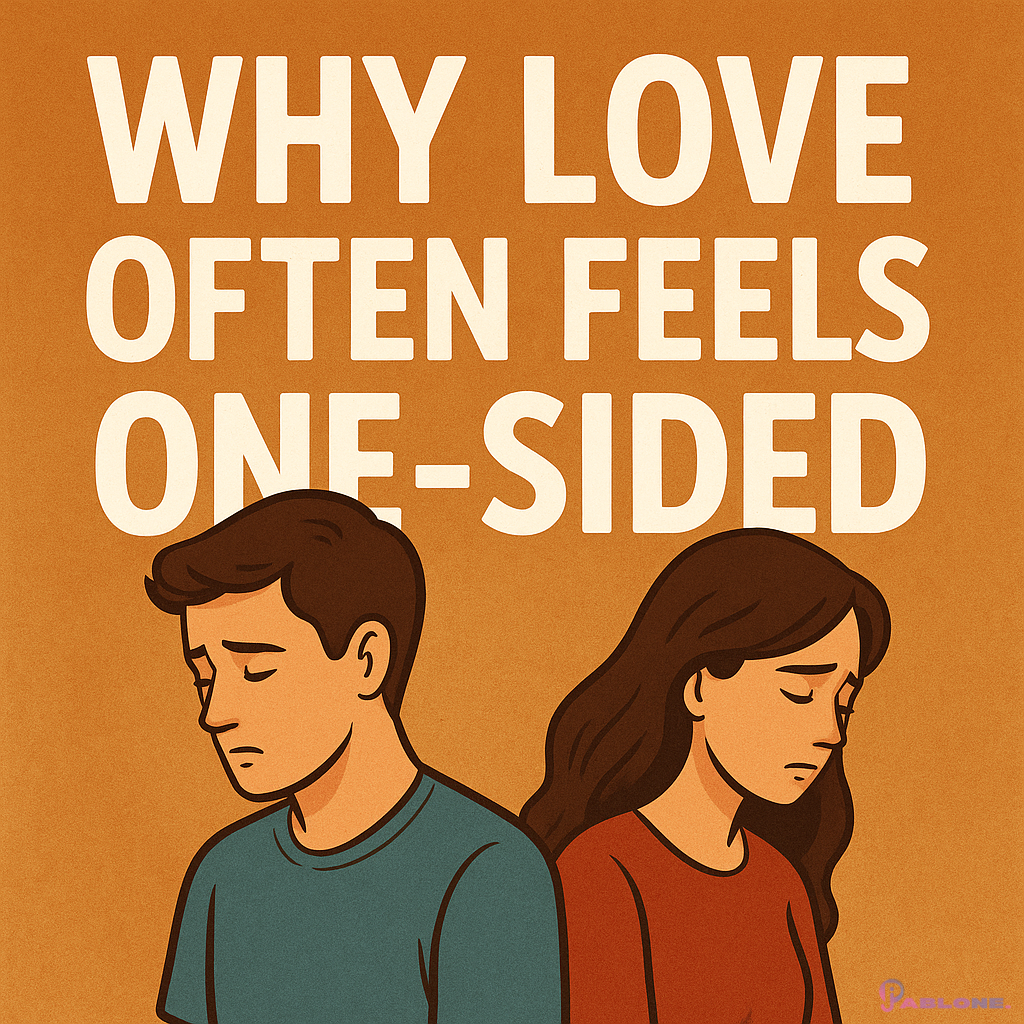
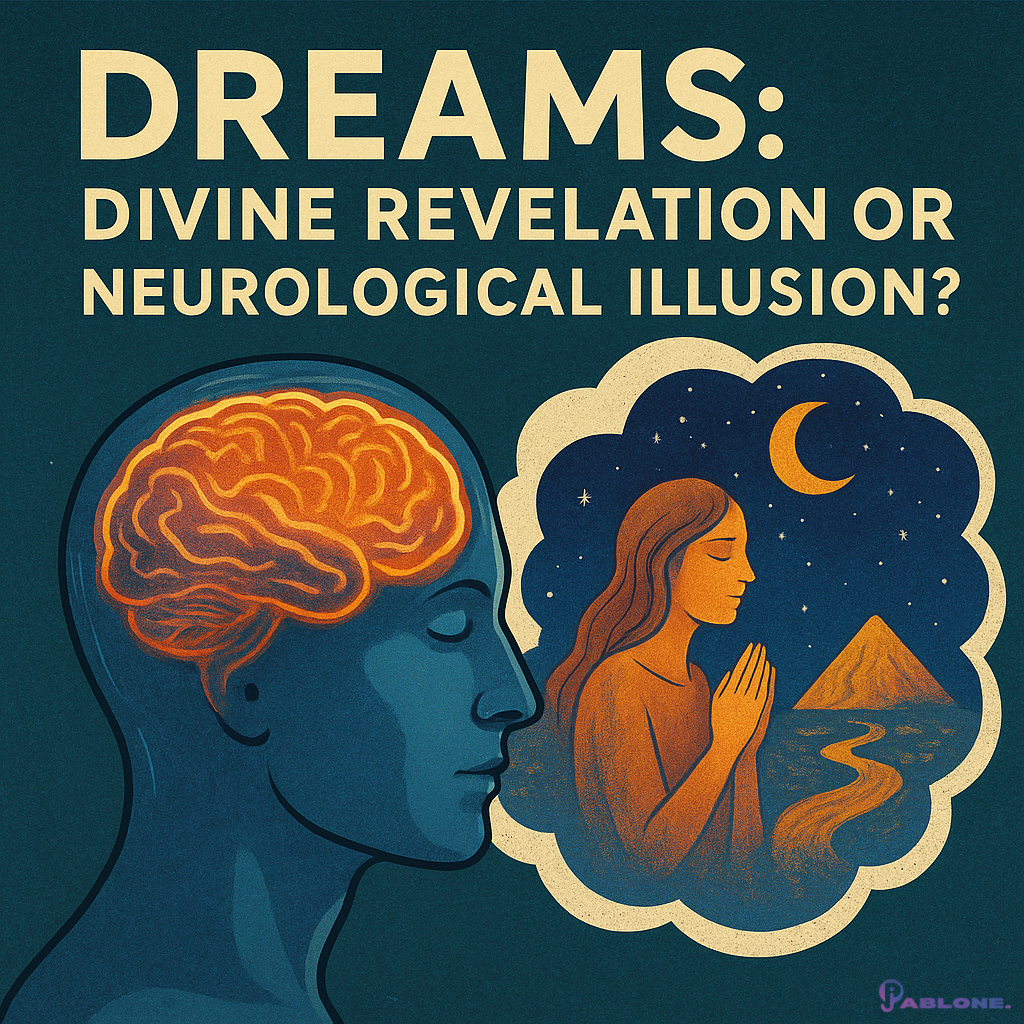
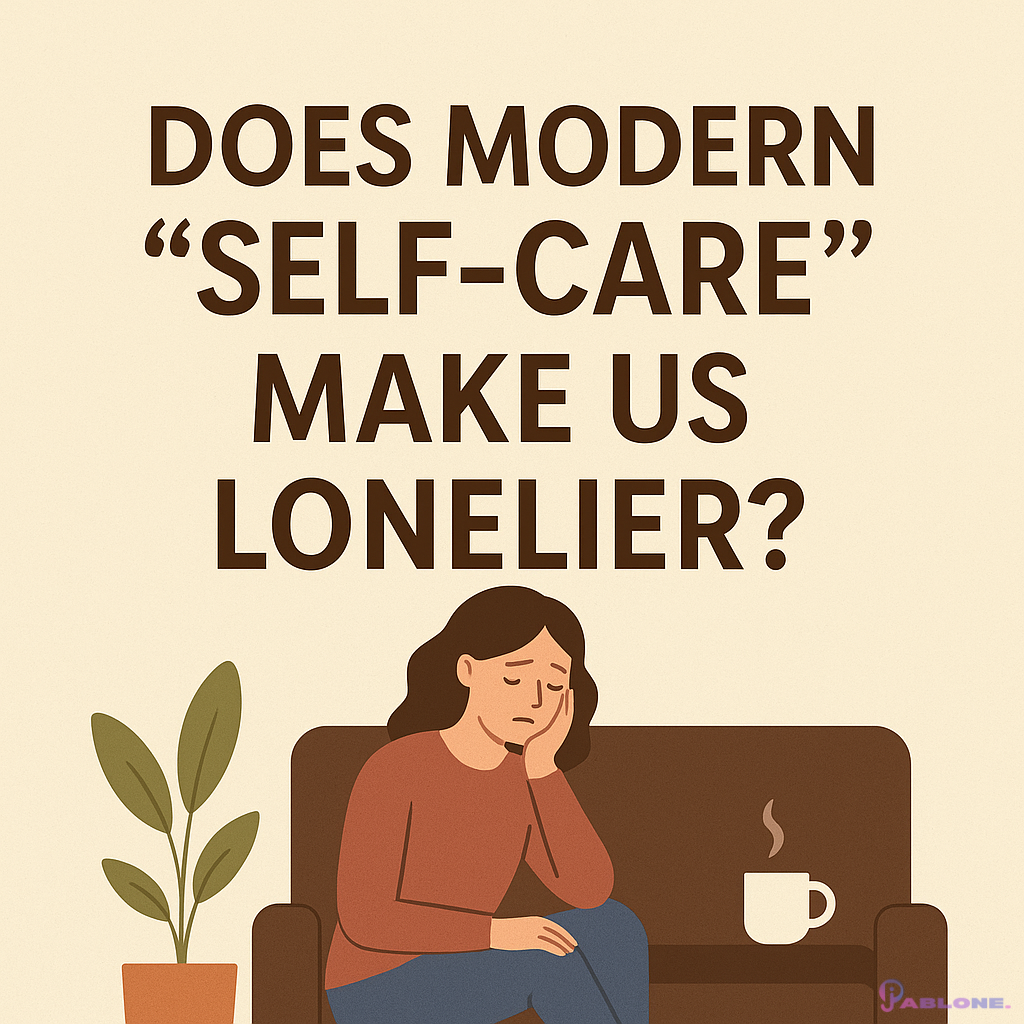
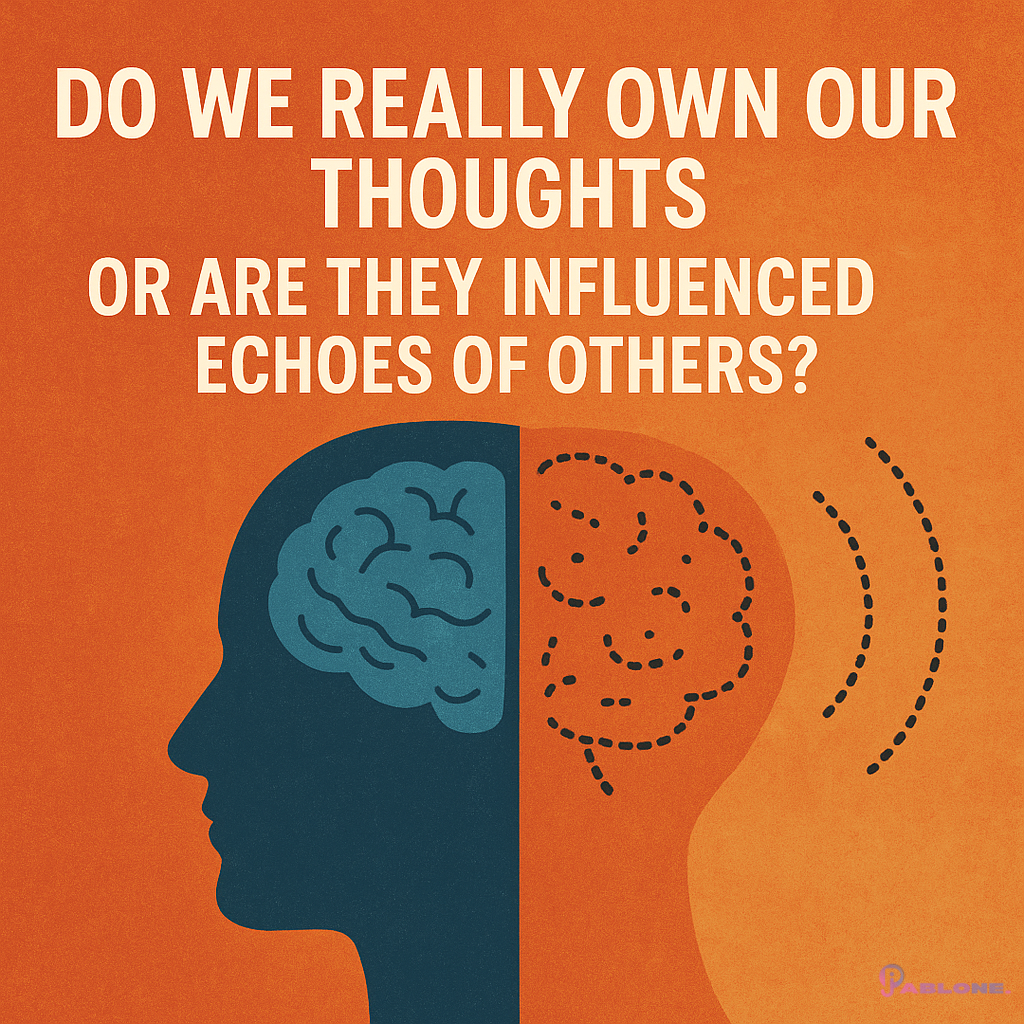
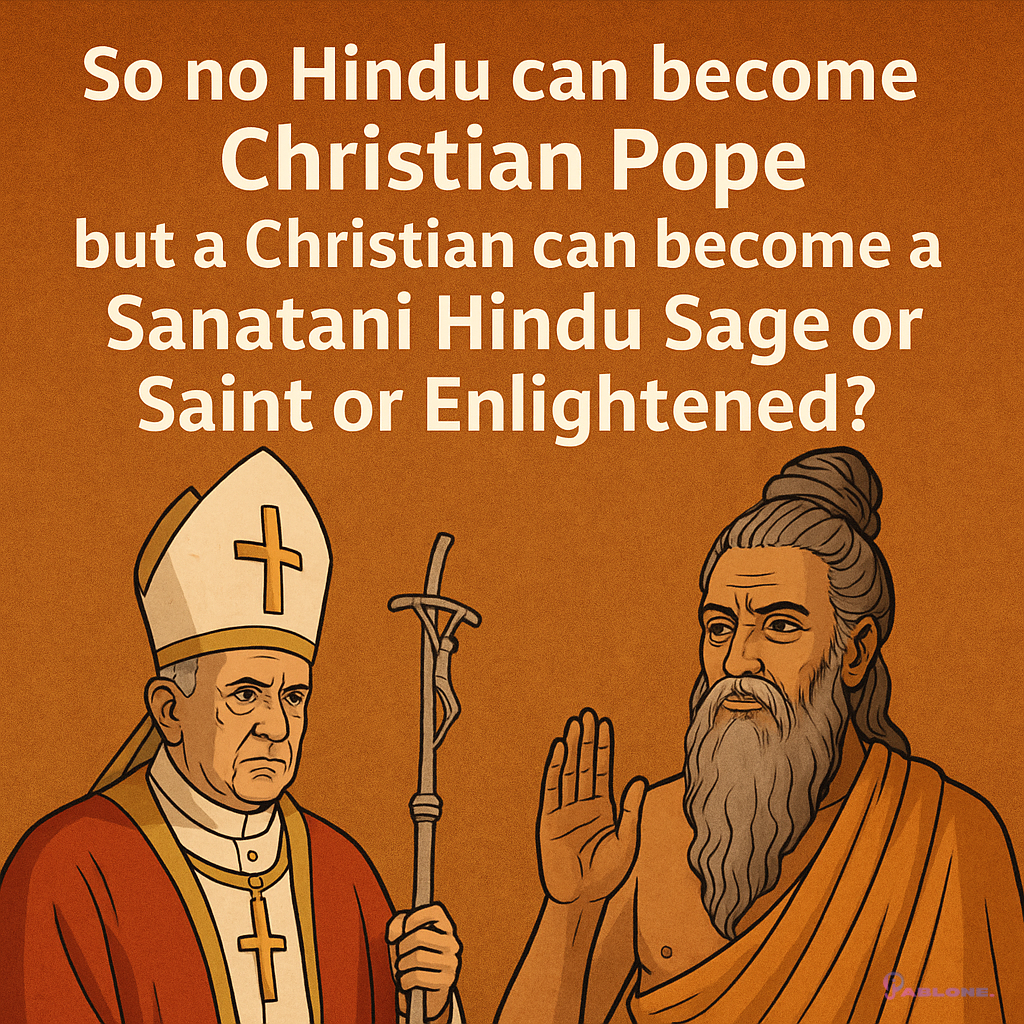
Leave a Reply